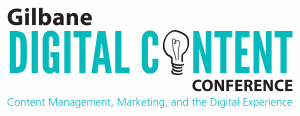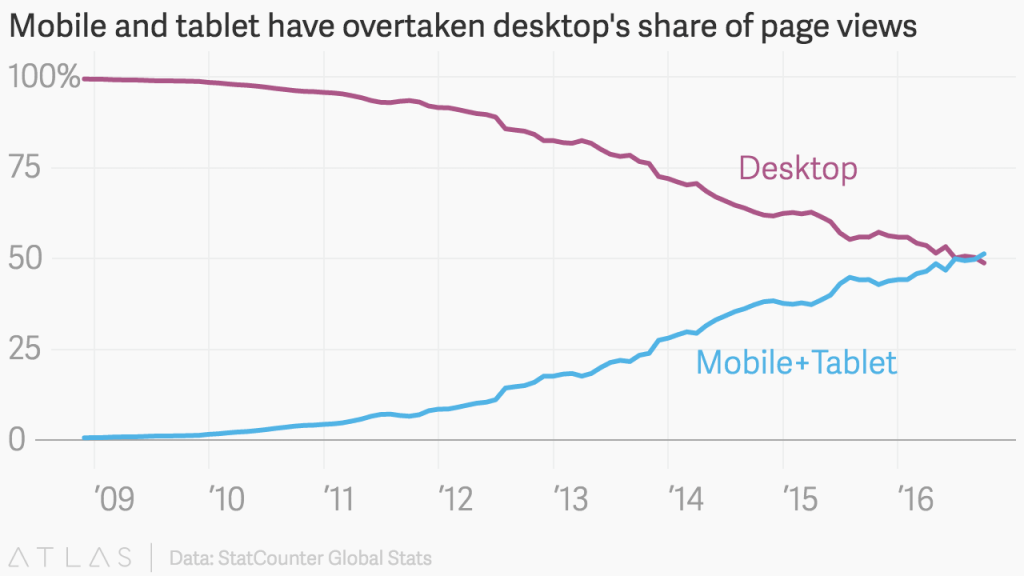The election is over—it’s time to look forward. In that spirit, I wanted to invite you to participate in a forum running right after Thanksgiving at the Gilbane Digital Content Conference this year—a town hall focused on innovation. Send suggestions via Twitter using #gilbane.
Driven to change
It’s no secret that publishers have been grappling with a rapidly changing digital media landscape for two decades, but as the pace of change has accelerated and channels have proliferated, managing content has become exponentially complex.
Consider just a few of the trends:
- The rise of social networks as channels in their own right—not just marketing outlets for promoting content on web sites
- The inexorable trend toward content embedded into activities
- The on-going tug-of-war between structuring content for omnichannel (just author once in XML!) and tailoring content for audience and media (because it yields better engagement!)
- Rising demand for video and packaging of video with narrative and slide shows
- Devaluing of long-form narrative, with news unfolding first on social media rather than in conventional stories
- Increasing use of analytics driving editorial decisions
- Rising legitimacy of outtakes—what was once left on the cutting room floor now becomes a value-add because of its uniqueness
Relentless change is the new normal facing those developing content and technology strategies. Scrums used to be just for software development; now they’re used for content development as well.
Fostering a culture of continuous innovation will fuel growth in digital for publishers, but how does an organization optimize for change? How are others coping? Where does your organization sit relative to your peers?
Hearing from others
The Digital Strategies for Media & Publishing track at this year’s conference brings together diverse perspectives on innovation and change.
John Eckman will demystify what it takes to efficiently publish via Facebook Instant Articles or Apple news. WBUR and Urban Airship will share their case study in podcasts delivered through digital wallets.
We’ll go behind the scenes to see how others are managing their content—how MIT Press manages diverse content in multiple system on a tight budget, and what’s behind the new MarkLogic implementation at America’s Test Kitchen
Analytics are increasingly driving editorial and product decisions. Erin Martin and Michelle Bellettiere from NPR will share their approach and discuss their plans for 2017.
Meeting and learning together
Part of what makes a conference special is the opportunity to meet face to face with others on similar journeys at other organizations, even other industries. As Subrata Mukherjee, VP of product management at The Economist, noted
Media companies have much to learn from the innovations in content marketing and digital supply chains in other industries. But when I go to a conference, I not only want to hear their stories, I want to meet with them to ask my questions.
That’s why this year we’re going to follow case studies in transformational innovation by Subrata and Jeanette Newton from Pennwell with an open town hall, where the audience can drive the conversation, and we can as a community share insights and potential approaches to tackling challenging issues.
We’ll be looking at innovation from multiple angles—
- vision and strategy
- people and skills
- products and market disruption
- tools and technology
Because, ultimately, organizations that are successful at innovating in publishing will address all of those facets.
If, like me, you share a passion for making content technology work amidst all this upheaval, make plans to join us. And you don’t need to wait to start the conversation. Share your topics and questions in advance via Twitter using #gilbane.
Main conference: November 29 – 30 ● Workshops: December 1, 2016
Fairmont Copley Plaza, Boston
Register today!
and use code F16G for an extra discount

 Marissa Jarratt, PepsiCo
Marissa Jarratt, PepsiCo Tania Yuki, Shareablee
Tania Yuki, Shareablee Jon Marks, Kaldor
Jon Marks, Kaldor Subrata Mukherjee, The Economist
Subrata Mukherjee, The Economist Alice Carpenter, America’s Test Kitchen
Alice Carpenter, America’s Test Kitchen Arjen van den Akker, SDL
Arjen van den Akker, SDL Camille Wellard, Intermountain Healthcare
Camille Wellard, Intermountain Healthcare Tim Gough, Verve Mobile
Tim Gough, Verve Mobile Jacqueline Lagratta, Campbell Soup
Jacqueline Lagratta, Campbell Soup Maureen Thormann, National Instruments
Maureen Thormann, National Instruments Adrien Nussenbaum, Mirakl
Adrien Nussenbaum, Mirakl Erin Martin, NPR
Erin Martin, NPR Mel Tingey, LDS Church
Mel Tingey, LDS Church Kristen Holgerson, WBUR
Kristen Holgerson, WBUR Jeanette Newton, Pennwell
Jeanette Newton, Pennwell Nancy Anderson, Dell EMC
Nancy Anderson, Dell EMC Tim Lewis, Continuum
Tim Lewis, Continuum Tara Bartley, Akamai Technologies
Tara Bartley, Akamai Technologies Mindy Carner, Optimity Advisors
Mindy Carner, Optimity Advisors Niki Vecsei, Transamerica
Niki Vecsei, Transamerica Sergio Silva, Kik
Sergio Silva, Kik Melissa Webster, IDC
Melissa Webster, IDC Bill Trippe, MIT Press
Bill Trippe, MIT Press Scott Brinker, chiefmartec.com
Scott Brinker, chiefmartec.com Mark Walter, Content Technology Strategies
Mark Walter, Content Technology Strategies Tony Byrne, Real Story Group
Tony Byrne, Real Story Group Deanna Laufer, Forrester Research
Deanna Laufer, Forrester Research Scott Liewehr, Digital Clarity Group
Scott Liewehr, Digital Clarity Group Gerry Murray, IDC
Gerry Murray, IDC Sara Redin, Redin Consult
Sara Redin, Redin Consult

